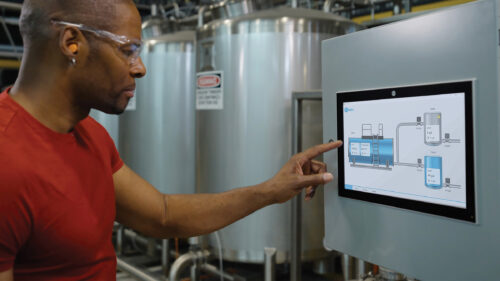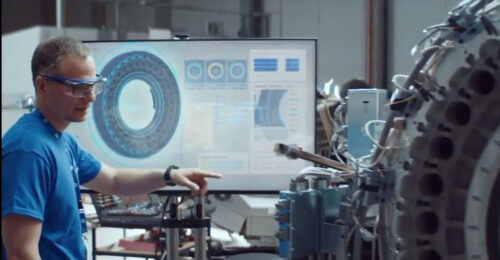NEMA seeking to expand international free trade
Rosslyn, VA—The National Electrical Manufacturers Association (NEMA) reports that its 2005 trade agenda is focusing on extending free trade and further leveling the playing field in international markets.
Rosslyn, VA— The National Electrical Manufacturers Association (NEMA) reports that its 2005 trade agenda is focusing on extending free trade and further leveling the playing field in international markets. ‘Virtually every one of our goals is designed to ensure that our member companies have access to all world markets,’ says Malcolm O’Hagan, NEMA’s president. ‘It’s an unapologetic free trade agenda.’
At the top of NEMA’s agenda are impending votes in Congress on free trade measures and the next World Trade Organization (WTO) ministerial meetings in December 2005. NEMA has long been in favor of the worldwide elimination of tariffs on electrical products. This year, the association will again urge the U.S. to pursue that goal in every possible forum, including through sectoral talks under the WTO’s Doha Development Agenda negotiations, as well as through regional and bilateral negotiations.
NEMA is also calling on the U.S. government to push for completion of the second phase of the Information Technology Agreement, which would eliminate tariffs on a wide range of information technology products, including some made by NEMA members. ‘Elimination of all these tariffs do not merely benefit manufacturers, they serve to make the best, most energy efficient, cost-effective products available to consumers and companies in other countries,’ adds O’Hagen.
In addition, NEMA is urging Congressional approval of several bilateral, free trade agreements, including those between the U.S. and the Dominican Republic, Central America, and Bahrain. The agreements feature immediate foreign tariff elimination for most products made by NEMA manufacturers.
Likewise, NEMA is advocating other principles that its manufacturers want to see infused through all trade policies and agreements:
-
No mutual recognition agreements for non-federally regulated products;
-
Energy services liberalization;
-
Openness and transparency in government procurement;
-
Protection of intellectual property rights;
-
Reduction in technical barriers to trade and compliance with all WTO Technical Barriers to Trade requirements;
-
Inclusive definition of ‘international standards;’
-
Market-driven standards and conformity assessment;
-
Effective monitoring and enforcement mechanisms; and
-
Free-trade benefits not unnecessarily encumbered by labor or environmental provisions.
Also, NEMA will continue to demand that China honor its WTO commitments. Although China committed to change its conformity assessment procedures as a condition of its WTO inclusion, in many areas China will accept only those goods built according to either Chinese national standards or ‘international standards’ developed and published by the International Electrotechnical Commission (IEC), the International Standards Organization (ISO), and the International Telecommunications Union (ITU).
‘If we are to obtain a level playing field for the manufacturers of electrical products we have to avoid the mistake of allowing standards to act as technical barriers to trade,’ says O’Hagan. ‘We are urging the U.S. government to continue working to dispel the mistaken notion that the use of the term ‘international standards’ in the WTO’s Technical Barriers to Trade (TBT) Agreement applies only to IEC, ISO, and ITU standards.’ The interpretation of the term, he concludes, should include widely used norms such as North American standards and safety installation practices that meet WTO TBT guidelines.
NEMA also will continue to fight against widespread counterfeiting of electrical products, which also creates problems with trading partners, particularly China. ‘China is one of the world’s top sources of counterfeit products,’ says Clark Silcox, NEMA’s legal counsel. ‘These products can often be unsafe, as well as ineffective. Counterfeiting not only puts at a disadvantage manufacturers of high-quality, tested products, but also places the public safety at a considerable risk.’
Control Engineering Daily News Desk
Jim Montague, news editor
jmontague@reedbusiness.com
Do you have experience and expertise with the topics mentioned in this content? You should consider contributing to our CFE Media editorial team and getting the recognition you and your company deserve. Click here to start this process.





